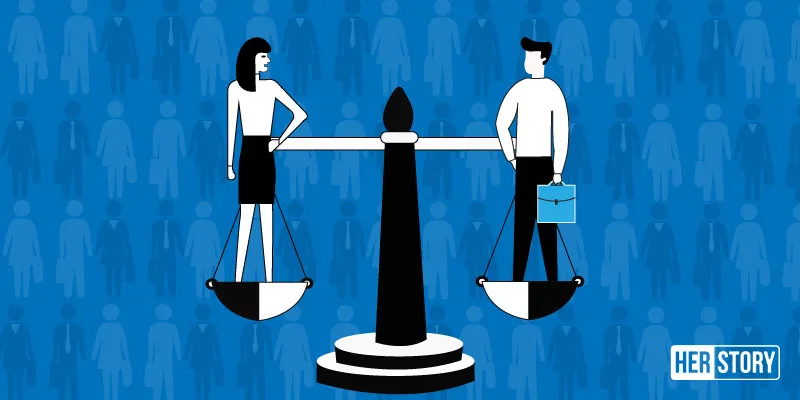5 tips to ensure gender equality in the workforce
With more women entering the workforce, 21st-century organisations need to pay attention to the changing power equations, and the response of men in dealing with this change.
Gender inequality is systemic; it is rooted in the unequal norms, structures, and processes of the workplace. Many of these systems are created by men for men. Despite the growing presence of women in the workforce, the workplace still reflects the male standards of work ethics, which have been designed by men for themselves. Many social prejudices discriminate against women workers, and attitudes about women and their role in society get reflected in workplace dynamics. These pose major challenges for working women by creating gender unequal workplaces.
Attitudes and policies related to hiring employees, such as fear of an unmarried woman employee getting married, and recruiters doubting a married woman’s commitment to the job can reflect gender inequality in the workplace. We often assume men do not have household responsibilities, and they are considered to be more flexible in their working hours as they seldom complain about working overtime. Women, who are responsible for taking care of the young, the sick, and the aged apart from household chores, are perceived to be more eager to leave at the stipulated time. Thus, it is assumed that they are less committed.

With more women entering the workforce, the 21st century organisation needs to pay attention to the changing power equations, and the response of men in dealing with this change.
Here are five tips to ensure a safe, equal and enabling work environment for all employees.
Assign job responsibilities based on competence, not gender
There is a tendency for organisations to stereotype activities, tasks or jobs by assigning them to women and men based on distinctly feminine or masculine characteristics, and not on their professional competencies and personal capabilities. Be constantly mindful of such biases while allocating tasks.
Pay equal wages and benefits
Women professionals are often discriminated against through lower wages/salaries, as well as limited opportunities and promotion to managerial and senior roles. This is discrimination, and de-motivating for women employees.
Set up clear criteria for hiring
During the recruiting process, use clear criteria to select candidates based on the job requirements and role. Research has demonstrated more formal and structured criteria that emphasise gender diversity result in gender-sensitive work environments. Examine the current criteria you use to settle on hiring choices. Are they excluding any particular group?
Raise awareness among employees about how stereotypes work
Training programmes and participatory workshops that help employees examine their own biases go a long way in creating a gender-sensitive workforce. Being constantly mindful of our prejudices influences how we interact and deal with each other in the workplace. This is especially important for leaders and those in senior management roles.
Be accountable
Organisations and leaders need to be accountable for the choices they make and the HR policies they formulate. Make compliance with laws such the Prevention of Sexual Harassment Act, 2013 non-negotiable across the organisation. Gender sensitive leaders need to constantly remind themselves of the standards (both legal and ethical) that we must follow in order to create a gender equal workforce.
It is important to remember that an office is a space where people from different backgrounds come together to work. An organisational culture that promotes gender equality creates an enabling environment that makes employees productive, generating efficiency and more business for the organisation.
(Disclaimer: The views and opinions expressed in this article are those of the author and do not necessarily reflect the views of YourStory.)
Also read:
Exploring the three dimensions of gender equality
Blind spots – how do you tackle invisible gender bias?







